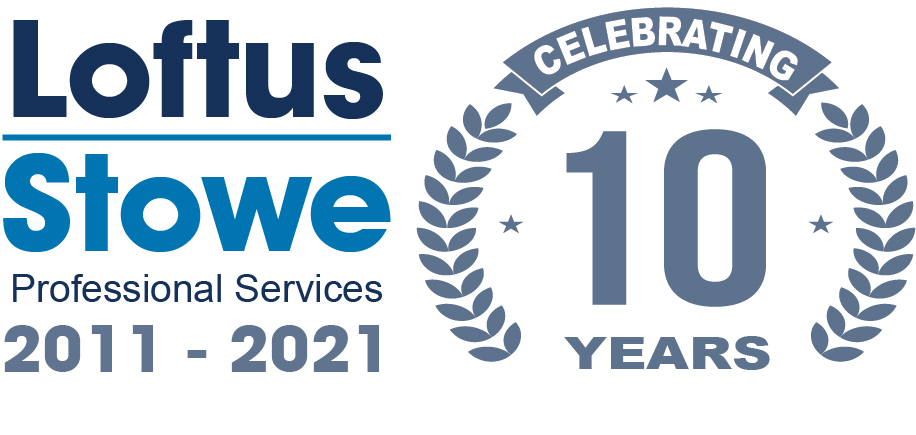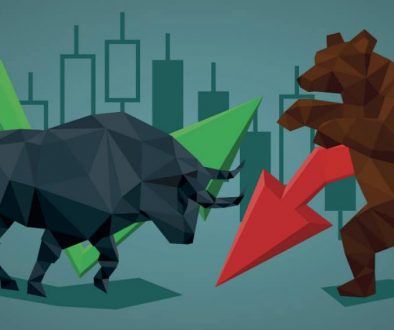If youre a conservative value investor, you might think thatAstraZeneca(LSE: AZN) andGlaxoSmithKline(LSE: GSK) look expensive at present levels. However, if youre an income or growth investor then the two companies are still cheap, even after recent gains.
You see, while Astra and Glaxo may look expensive compared to the rest of their blue-chip peers Astra and Glaxo trade at forward P/E ratios of 17.7 and 17.1 respectively, compared to the FTSE 100 average P/E of 16 these two companies are worth paying a premium for.
Unseen growth
Astra has come under pressure during the past few years for the companys lack of growth and dependence upon one key drug, Crestor, for the majority of its sales.
Unfortunately, the companys sales are predicted to keep falling for the next two years, although over the past year Astra has made considerable progress reducing its dependence on one key treatment.
For example, the company amazed the market last year when it broke records for the number of treatment approved for sale by regulators in the space of twelve months. Additionally, only last week the company published a study confirming that its Brilinta blood thinner significantly lowered the risk of heart attacks for patients. The results of this study alone could unlock billions in sales for Astra.
All these developments add up and will help Astra achieve its goal of reporting annual sales of $45bn by 2023. Based on historic profit margin figures, if the company manages to hit this sales target, Astra will report earnings per share of 4.43 by 2023.
Considering the fact that many high-growth pharmaceutical companies are currently trading at a multiple of 20 times forward earnings, in theory Astras shares could hit 88.60 by 2023.
Consumer goods
Glaxo isnt having as much success on the drug development front as Astra. However, the company is making strong progress in other areas.
For example, Glaxo has recently reorganised its business to focus more on consumer healthcare assets and vaccines. Granted, these arent the most exciting sectors to be involved in but they are extremely important to the company.
You see, global demand for consumer healthcare products and vaccines is relatively stable. This gives Glaxo a predictable income stream. The company has also been able to reduce its dependence on one-off blockbuster treatments.
As a result of these two factors, Glaxos dividend yield is safer than most and the company should be a top pick for income seekers. Glaxos shares currently support a dividend yield of 5% and the payout is covered one-and-a-half times by earnings per share.
Furthermore, Glaxos defensive nature and impressive dividend yield makes the company the perfect long-term buy and forget share.
Buy and forget
Every portfolio needs a selection of shares with defensive qualities like those of Glaxo.
A selection of defensive shares with attractive dividend yields gives your portfolio a solid backbone, allowing you to sleep soundly at night.
As well as Glaxo, I’m considering investing in several of the five FTSE shares highlighted withinthis exclusive wealth report.
All five opportunities offer a mix of robust prospects, illustrious histories and dependable dividends, and have just been declared by the Fool as “5 Shares You Can Retire On“!
Justclick herefor the report — it’s free!
Rupert Hargreaves owns shares of GlaxoSmithKline. The Motley Fool UK has recommended GlaxoSmithKline. We Fools don’t all hold the same opinions, but we all believe that considering a diverse range of insights makes us better investors.





